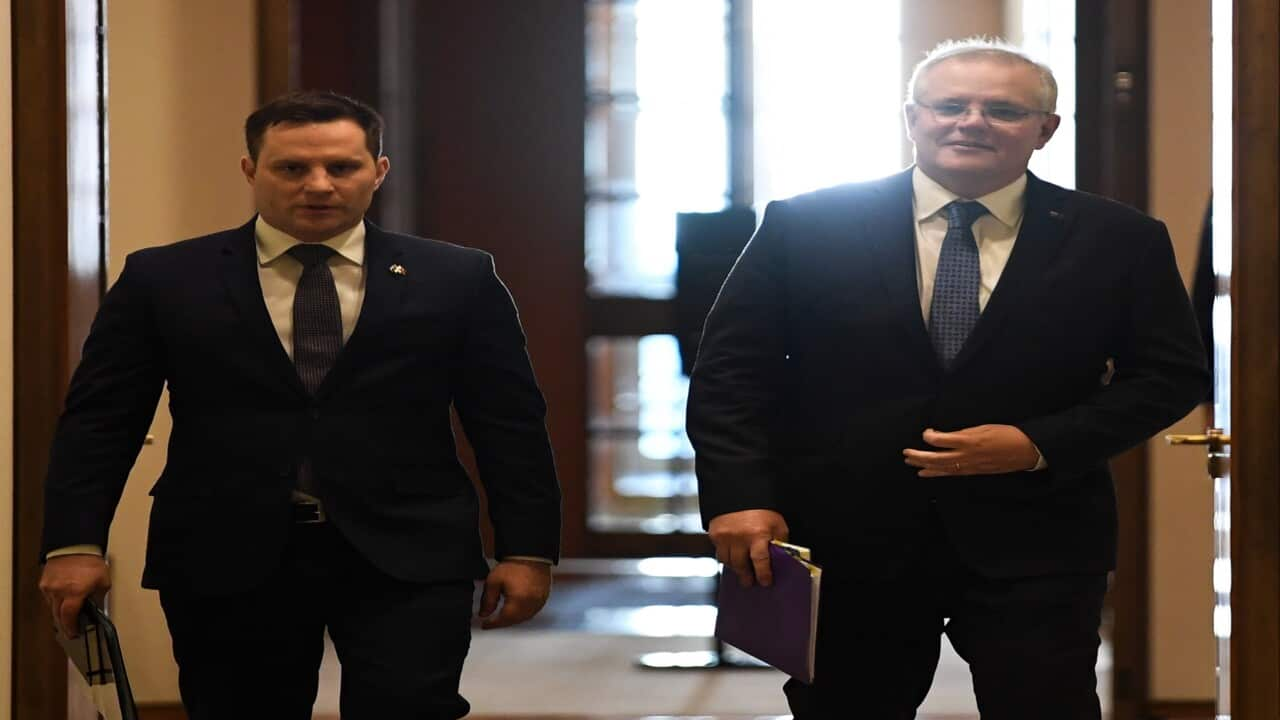Highlights
- 'Over the years, my OCD has morphed from a growling tiger to a meek cat': Mr Dhingra
- He now provides support through his role as a crisis counsellor and a trainer for suicide intervention
- 'OCD is not just an obsession with cleaning. That is just a stereotype that hinders people from knowing more about this disorder': Mr Dhingra
For Anubhav Dhingra as a child, one unpleasant encounter would play over and over in his mind. It was a surprise test given to him by his Grade 2 teacher in India.
“I was always a quiet kid, but for some reason that day, I was singled out by my teacher. She asked me to show her my test results and slapped me when she saw the blank sheet. The topic she chose was never covered in class, and I had no clue how to answer those questions,” shares Mr Dhingra.
"The teacher then asked the class captain to take me to the principal’s office and the kid complied by pulling me by the tie to the second floor."
Mr Dhingra recalls that he cried a lot but eventually took the incident in his stride because he knew that his father and brother were also subjected to similar treatment at that school, and it was ‘normal’ to receive slaps as an admonishment.
His family migrated to Australia in 2000. Living in the north-eastern Melbourne suburb of Eltham, he was the only Indian kid in his class and his vulnerabilities often surfaced. There were occasional minor incidents that triggered memories of the childhood punishment, but it was in Grade 7 that he started experiencing episodes.
His OCD symptoms centred heavily on external compulsions. “I counted, checked, recounted, and rechecked everything multiple times, whether it was my uniform or my homework. I would save my assignments on multiple pen drives, forever worried I could get into trouble if I lost them,” says Mr Dhingra.
The irrational and intrusive thoughts became a recurring part of his life along with a much higher level of emotional distress till he reached a stage, in Grade 9, when he wanted to take his own life.
While initially afraid to ask for help thinking his parents would call him insane or send him to a mental facility, he was relieved when they responded with compassion and found him professional help.
A combination of medication, therapy, support from family and resilience helped Mr Dhingra to manage his relationship with his intrusive thoughts and reduce the anxiety associated with them.
As part of his recovery, he came to understand these thoughts as 'spam mail' and nothing more. Having lived through this, Mr Dhingra feels strongly about helping others by sharing his story. Currently, Mr Dhingra works with a national charity that provides all Australians with access to 24-hour crisis support and suicide prevention services.
Currently, Mr Dhingra works with a national charity that provides all Australians with access to 24-hour crisis support and suicide prevention services.

3-year-old Anubhav dressed up as little Krishna for an Indian festival. Source: supplied by Anubhav Dhingra
As a crisis counsellor and trainer for suicide intervention, he draws upon a toolbox of strategies to help people calling in for crisis support.
Recently, Mr Dhingra was invited by the National Mental Health Commission to become a member of the Self-Stigma Technical Advisory Group as part of the National Stigma and Discrimination Reduction Strategy.
"There are endless potential manifestations in which OCD can appear. It is certainly not just an obsession with cleanliness or being a 'neat freak'," says Mr Dhingra, explaining that OCD, like other mental health challenges, is incredibly nuanced.
The pandemic has added another layer of complexity to navigating mental health. According to Mr Dhingra, the loss of normality has impacted many and he has seen a massive rise in calls to the crisis and anxiety support helplines.
Before the pandemic, the national suicide prevention and crisis line received around 2,000-2,500 crisis calls per month, but now, they are averaging above 3,000-3,500. A crisis call comes through every 30 seconds and there is an increased number of calls related to suicides, particularly among the young.
According to Mental Health Services in Australia (MHSA), services like Lifeline and Beyond Blue have reported substantial increases in demand during the COVID-19 pandemic.
MHSA statistics reported that between 16 March 2020 and 25 April 2021 over 15 million Medicare-subsidised mental health services were processed.
The volume of mental health-related Pharmaceutical Benefits Scheme prescriptions dispensed spiked in March 2020, when restrictions were first introduced, followed by a dip in April. From mid-May 2020 to mid-February 2021, weekly volume tracked above the same period one year prior across all jurisdictions.
COVID-19 has not only triggered an increase in the onset of mental health disorders, but also an exacerbation of symptoms in diagnosed cases, says Dr Nitin Dharwadkar, a psychiatrist and adjunct senior lecturer at Monash Alfred Psychiatry Research Centre.
“I work at the largest private mental health hospital in the southern hemisphere [The Melbourne Clinic] with over 200 beds and they are generally at full capacity. While that is sad, it is also a very poignant reminder that we are experiencing a shadow pandemic, which will continue long after the pandemic is over," says Dr Dharwadkar.
According to Dr Dharwadkar, additional resourcing at all levels is vital to address 'one of the nation’s most significant mental health challenges of our time'.
To speak to a Lifeline crisis supporter call 13 11 14. If you do not speak English, you can still access Lifeline crisis support over the phone. Lifeline has access to a free interpreting service through an organisation called . To call Lifeline with an interpreter call and follow the prompts.
Listen to the podcast in Hindi by clicking on the audio icon inside the picture at the top.







